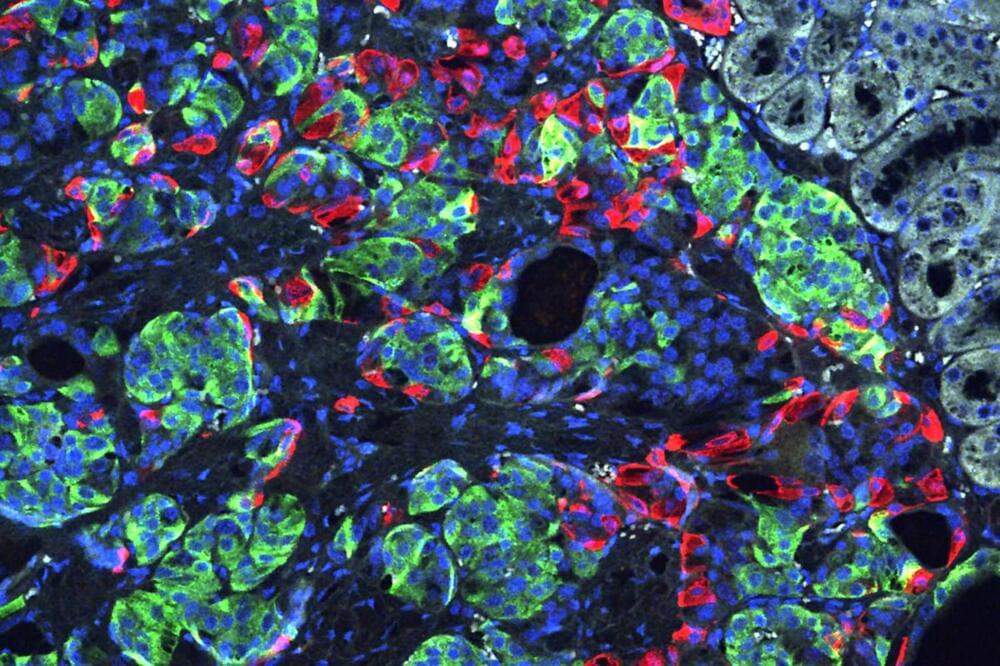Apple Inc. is testing the use of 3D printers to produce the steel chassis used by some of its upcoming smartwatches, according to people with knowledge of the matter, heralding a major change to how the company manufactures products.



Coming to a tight spot near you: CLARI, the little, squishable robot that can passively change its shape to squeeze through narrow gaps—with a bit of inspiration from the world of bugs.
CLARI, which stands for Compliant Legged Articulated Robotic Insect, comes from a team of engineers at the University of Colorado Boulder. It also has the potential to aid first responders after major disasters in an entirely new way.
Several of these robots can easily fit in the palm of your hand, and each weighs less than a Ping Pong ball. CLARI can transform its shape from square to long and slender when its surroundings become cramped, said Heiko Kabutz, a doctoral student in the Paul M. Rady Department of Mechanical Engineering.

The Apogee+ exoskeleton aims to help support caregivers in healthcare settings. | Source: German Bionic.
German Bionic has unveiled the Apogee+, a powered exoskeleton for the North American healthcare market. Apogee+ aims to merge cutting-edge robots with research-backed, data-driven insights to better support caregivers.
Apogee+ is designed to provide personal lift assistance to caregivers, and it specifically addresses concerns with care worker safety and job satisfaction. This is German Bionic’s first foray into the healthcare space, and the mover underscores its success in industrial settings.

While Apple continues (or doesn’t continue) to develop its plans for a self-driving automobile, the company is proposing an advanced high-end technology for an augmented reality (AR) display system that would generate a bunch of information onto a vehicle’s windshield.
In a U.S. Patent Office filing last week, Apple described a graphical overlay on the glass in front of the driver that would provide information about the real-time environment as well as data about objects in the distance — humans included — along with the vehicle’s speed, suspension and other factors.
The system, which may borrow on Apple’s science being employed in its soon-to-be-released Vision Pro headsets, would rely on a variety of sensors to collect information about the surrounding environment. This could include visible light cameras, various types of infrared cameras, as well as ultrasonic and light-based scanning devices for building up a three-dimensional picture of the car’s surroundings. The patent also mentions the use of geographical positioning devices and radar devices.
Digital sociology explores the interplay between digital technology, social behaviors, and societal structures. As an emerging discipline, it delves into how online interactions, social media platforms, and digital tools shape and reflect cultural dynamics, personal identities, and group norms. Digital sociologists analyze trends in cyber communities, the implications of digital data collection, and the broader impact of the internet on social evolution.
In this age of rapid technological advancement — where we find ourselves in the midst of a Digital Revolution and most recently, in an AI Revolution, the fast-spinning changes in society require analysis and understanding. Digital sociology provides critical insights into the multifaceted relationship between technology and the fabric of society.

Electronic music artist, generative AI enthusiast and on-off Elon Musk partner Claire “Grimes” Boucher seems to want to build bridges between the tech billionaire and the trans community he’s alienated so relentlesslly.
In a wide-ranging new interview with Wired, Boucher mentioned that she’d had a “big, long conversation” with her kids’ dad about “the trans thing,” and came to a similar conclusion as she made when publicly replying to one of his transphobic tweets: that bigotry isn’t in his “heart.”
“I was like, ‘I want to dissect why you’re so stressed about this,’” the artist, who also goes by the letter c, told the magazine. “Getting to the heart of what Elon says helps me get to the heart of what other people’s issues are, because it’s this über guy situation.”

Researchers at Washington University School of Medicine in St. Louis have transformed stem cells into insulin-producing cells. They used the CRISPR gene-editing tool to correct a defect that caused a form of diabetes, and implanted the cells into mice to reverse diabetes in the animals. Shown is a microscopic image of insulin-secreting beta cells (insulin is green) that were made from stem cells produced from the skin of a patient with Wolfram syndrome.
CRISPR corrects genetic defect so cells can normalize blood sugar.

Samsung S7 is connected to Pixel as HID device (keyboard) that tries to brute force lock screen PIN (PoC) and then download, install and launch Metasploit pa…